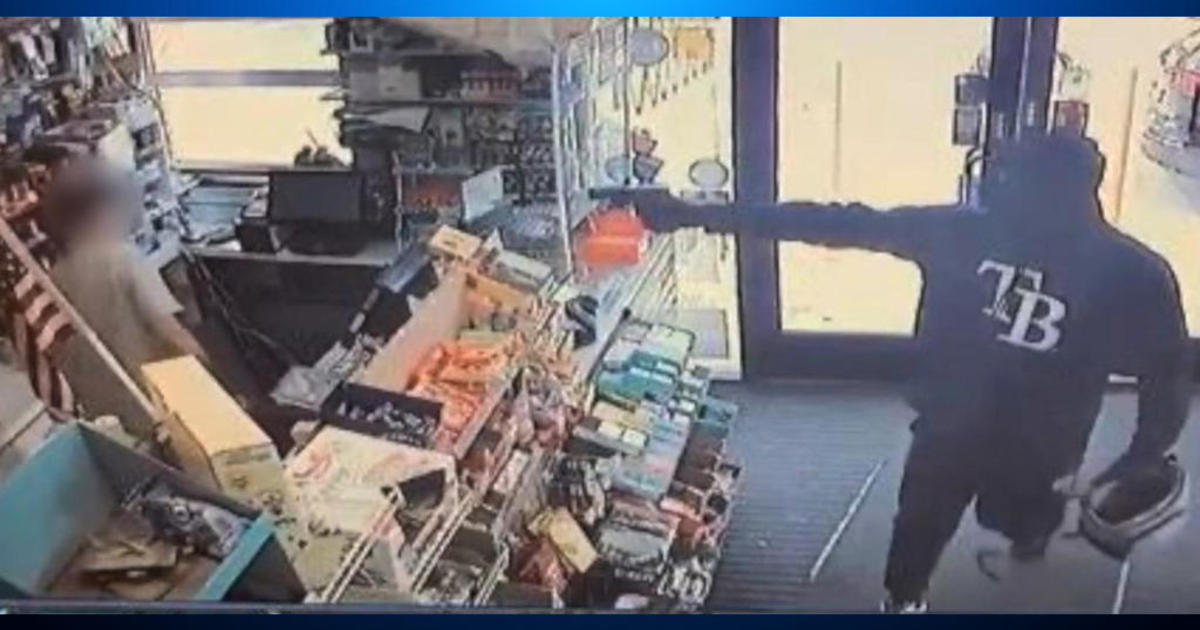Cal Scientists Go Underground To Monitor Hayward Fault Heartbeat
BERKELEY (KPIX) -- Cutting a direct path through the East Bay hills, the Hayward Fault is the San Andreas Fault's less-celebrated sibling. Yet it's a seismic threat the U.S. Geological Survey has described as 'a tectonic time bomb' -- ready to rupture -- bringing devastation to the Bay Area.
Now, scientists at UC Berkeley hope to get a jump on the fault's next big move.
The last major quake on the Hayward Fault was in the mid-1800s, before the region became packed with properties worth an estimated $1.5 trillion.
The fault has been pretty quiet since that 6.8 magnitude event but, today, a shaker that strong could buckle Interstate 80, I-880 and partially collapse the Caldecott Tunnel -- even damaging the supposedly quake-resilient new eastern span of the Bay Bridge.
Look close and you can see signs of the slow creep of the Hayward Fault all around the East Bay.
But Cal geophysicist Peggy Hellwig wants to hear it as well.
"We like to put our seismic equipment in very quiet places because that means we're measuring the earth's noise and not the noise that people make," she says.
The Hayward Fault runs directly across the UC Berkeley campus allowing scientists to put a seismometer right next to it, in an old mining tunnel under the school known as the Lawson Adit. With such devices in such proximity to the action, they hope can get a picture of how the earth is moving on both sides of the fault.
As Hellwig explains, "the Lawson Adit, the old mine, is actually fairly secluded and, hopefully, a very quiet place for our equipment. So, hopefully, when the Hayward Fault starts moving -- or maybe before -- we can hear it doing something, getting ready."
The rest of the campus is also wired with sensors. There's one 600 feet deep at the north end of Memorial Stadium, more at the Lawrence Berkeley Lab, another at Haviland Hall and at the Botanical Gardens.
Hellwig says to think of it like bending a pencil. You can hear the wood straining before the crack appears.
"We can hear the small details, the fine crackling of the earth, before the earthquake happens and still measure the big earthquake at the same time," she told us.
The sensors in the Lawson Adit will be just feet from the fault trace and, while it may not provide much early-warning of a Hayward Fault quake to Bay Area residents, it will be linked to an early-warning system that's taking shape around California.
"Unfortunately, for a Hayward fault earthquake, we won't get 30 seconds of warning. The people nearby will probably know as soon as the equipment knows. The more distant people will get a couple of seconds to tens of seconds of warning at the most," Hellwig said.



